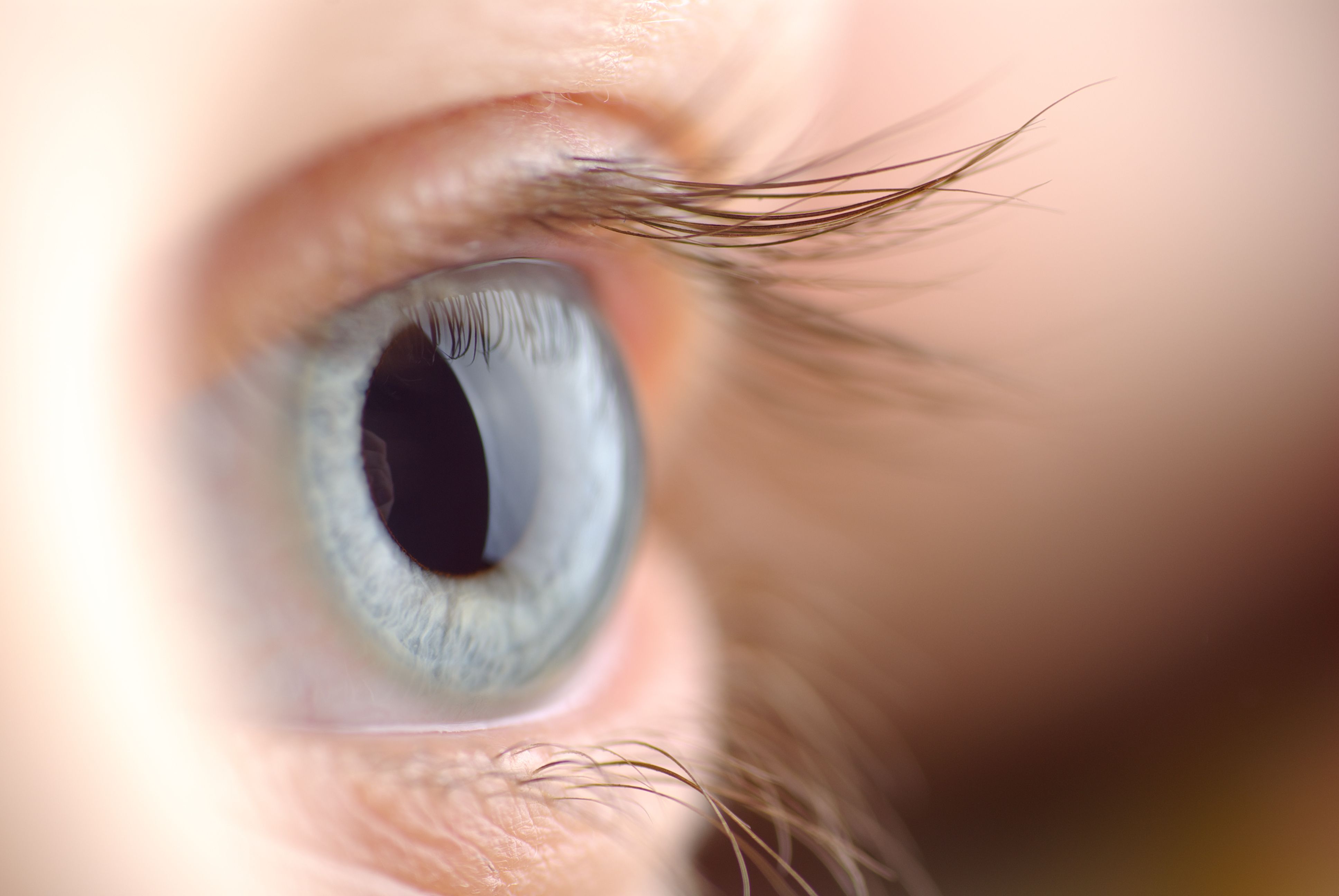Article
Aurion Biotech receives approval from Japan’s PMDA for New Drug Application
Author(s):
According to the company, it is the first approval in the world for allogeneic cell therapy to treat corneal endothelial disease.
According to Aurion.Biotech, the innovation of this cell therapy is to enable fully differentiated corneal endothelial cells (CECs) to regenerate outside the body. (Image courtesy of Adobe Stock)

Aurion Biotech announced it has received regulatory approval from Japan’s Pharmaceuticals and Medical Devices Agency (PMDA) for its novel cell therapy Vyznova for the treatment of bullous keratopathy of the cornea.
According to a news release, company officials believe this is the first-ever regulatory approval in the world for an allogeneic cell therapy to treat corneal endothelial disease.
“The approval of Vyznova in Japan represents many firsts – for millions of patients in need, for regenerative medicine and for Aurion Biotech, including the first-ever approval of a cell therapy to treat corneal endothelial disease,” Greg Kunst, CEO of Aurion Biotech, said in the news release.
Kunst added the Aurion team, which has a breadth of experience in cell therapy R&D and manufacturing, is leveraging inventions of Shigergu Kinoshita, MD, PhD, and his team, into high-scale clinical cell therapy development - first in Japan, and then throughout the world.
According to the company, the innovation of this cell therapy is to enable fully differentiated corneal endothelial cells (CECs) to regenerate outside the body. Healthy cells from a donor cornea are cultured in a novel, multi-step, proprietary and patented process that produces off-the-shelf, allogeneic, fully differentiated CECs.
Without gene editing, fully differentiated CECs from a single donor can be produced to treat more than 100 recipient eyes. The endothelial cells are injected intracamerally where they re-populate into a healthy mono-layer and start removing fluid from the cornea, thereby decreasing corneal edema.
“Restoring corneal endothelial health to patients by innovating with cell therapy has been my life’s work,” Kinoshita, of Kyoto Prefecture University of Medicine said in the release. “PMDA approval is an essential step in bringing this cell therapy to patients in need in Japan.”
Moreover, Kinoshita noted that Vyznova cell therapy offers the potential to shift the treatment paradigm for corneal endothelial disease, with an ample supply of fully differentiated, allogeneic corneal endothelial cells; a minimally invasive, elegant procedure; and potentially easier recovery for patients.
“As a practicing corneal specialist, I know firsthand how this disease affects patients," Michael Goldstein, Md, MBA, presient and chief medical officer, said in a statement. "Although the cornea is the most transplanted organ, worldwide there is a chronic shortage—there is only one donor cornea for every 70 diseased eyes. Our cell therapy has the potential to full resolve this supply-demand imbalance, with a transformational procedure that offers less onerous recovery for patients.”
The company noted that epidemiologists estimate that over 4% of adults aged 40+, or approximately 16 million people in the US, EU and Japan, suffer from corneal endothelial diseases such as Fuchs Dystrophy1; additional patients suffer endothelial cell damage from ocular surgical trauma. Corneal endothelial cells (CECs) do not regenerate in the eye and decrease in number throughout a person’s lifetime.
When disease or injury damages these cells, they are further depleted, and if left untreated, patients may lose vision. Current standards of care, including penetrating keratoplasty (PK) and endothelial keratoplasty (EK), are complex procedures with potentially difficult post-operative recoveries and complications, such as graft detachment, transplant rejection, dislocation, irregular astigmatism, and infection. In addition, these procedures require the use of one donor cornea for each corneal transplant. Yet, demand for donor corneas far exceeds supply: it’s estimated that there is only one donor cornea available for every 70 diseased eyes2.
To date, 130 subjects have been treated with the company’s cell therapy procedure in Japan and other OUS studies. In these studies, subjects have experienced clinically meaningful and sustained improvements in key measures of corneal health: visual acuity, central corneal thickness, and endothelial cell density. The company anticipates starting clinical studies evaluating the treatment of patients with corneal endothelial disease with its endothelial cell therapy in the United States later this year.
Clinical Data in Japan
The PMDA approval is based on the treatment of 65 subjects across 3 clinical trials conducted in Japan, including: a first-in-Human Trial (n=38); Endothelial Cell Dose Ranging Trial, (n=15); and a Confirmatory Trial (n=12).
The primary efficacy endpoint was the proportion of subjects who achieved corneal endothelial cell density (ECD) of ≥1,000 cell/mm2. Secondary efficacy endpoints were the proportion of subjects with central corneal thickness (CCT) of <630 μm; and the proportion of subjects with a 2-line (0.2 LogMAR) improvement or greater in best corrected visual acuity (BCVA) among others. Safety was assessed by occurrence of treatment-emergent adverse events (TEAEs) and corresponding severity.
The objective of the First-in-Human Trial (n=38) was to observe safety of a single intracameral injection of cultured corneal endothelial cells. In this study, the proportion of subjects who achieved ECD of ≥1,000 cell/mm2 was 91% (31/34 subjects) at 24 months. 85% (29/34 subjects) achieved CCT of <630 μm; and 94% (32/34 subjects) achieved a 2-line (0.2 LogMAR) BVCA improvement or better at 24 months.
In the Cell Dose Ranging Trial (n=15), fifteen subjects were randomized to one of three cohorts and received a single intracameral injection of low cell dose (2.0 × 105) (n=5), medium cell dose (5.0 × 105) (n=5), or high cell dose (1.0 × 106 ) (n=5). The proportion of subjects who achieved ECD of ≥1,000 cell/mm2 at 12 weeks (primary endpoint) was 80% (4/5 subjects) in the low dose group, 100% (4/4 subjects) in the medium dose group, 100% (5/5 subjects) in the high dose group, and 92.9% (13/14 subjects) combined. The proportion of subjects who achieved CCT <630 μm at 12 months (secondary endpoint) was 80% (4/5 subjects) in the low dose group, 80% (4/5 subjects) in the medium dose group, and 100% (5/5 subjects) in the high dose group. The proportion of subjects, in all combined cohorts, with a 2-line (0.2 LogMAR) improvement in BCVA was 87% (13/15 subjects) at 12 months (secondary endpoint).
In the Confirmatory Trial (n=12), the proportion of subjects who achieved corneal endothelial cell density ≥1,000 cells/mm2 at 24 weeks (primary endpoint) was 100.0% (12/12 subjects). The proportion of subjects who achieved CCT <630 μm at 24 weeks was 75% (9/12 subjects); and 100% (12/12 subjects) achieved a 2-line (0.2 LogMAR) BVCA improvement or better at 24 weeks (secondary endpoints).
Across all 3 studies, a single intracameral injection of cultured endothelial cells of various concentrations of endothelial cell doses was generally well tolerated and had a favorable safety profile in adult subjects with corneal endothelial dysfunction. No treatment-related ocular or systemic serious adverse events were observed. The most common ocular adverse events (more than 2 events in any trial) observed across the trials were: eye pain, eyelid edema, cystoid macular edema, increased tearing and increased IOP. The most common non-ocular adverse events (more than 2 events in any trial) observed were: nasopharyngitis, constipation, diarrhea, musculoskeletal pain and insomnia.
References
1 https://medlineplus.gov/genetics/condition/fuchs-endothelial-dystrophy/#:~:text=The%20late-onset%20form%20of,the%20exact%20prevalence%20is%20unknown
2 JAMA: Global Survey of Corneal Transplantation & Eye Banking: https://jamanetwork.com/journals/jamaophthalmology/fullarticle/2474372
Newsletter
Don’t miss out—get Ophthalmology Times updates on the latest clinical advancements and expert interviews, straight to your inbox.





